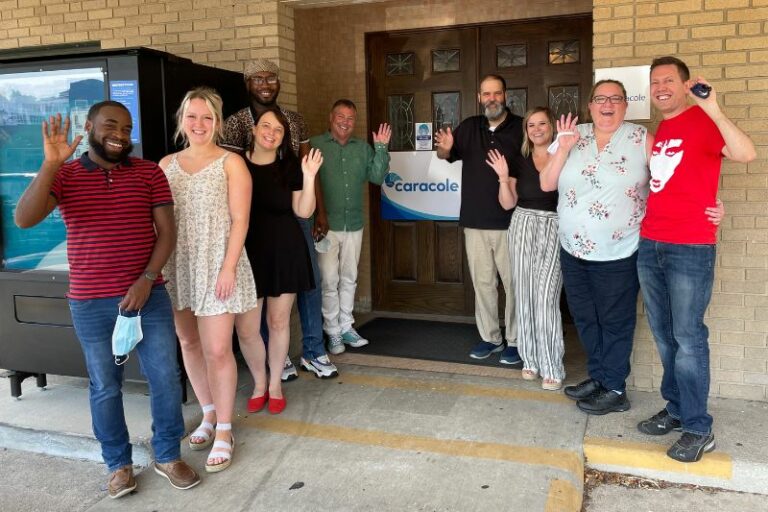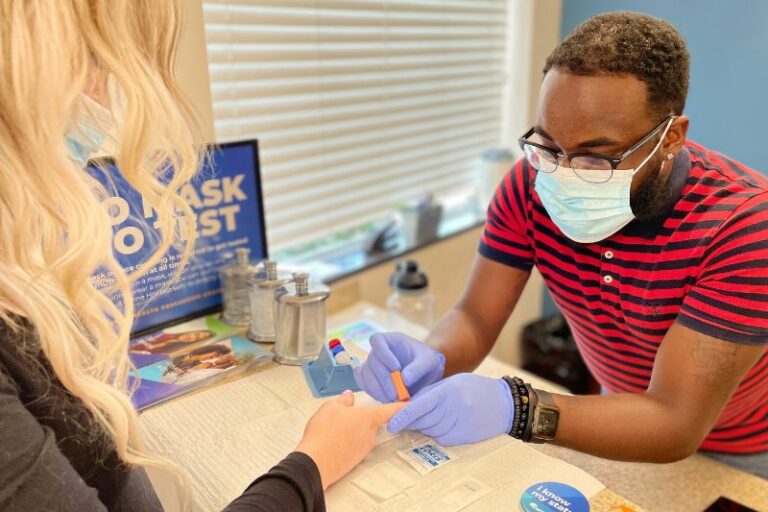Housing Programs Expansion
We expanded our services to include transitional housing, permanent supportive housing and supportive services for people living with HIV/AIDS who were unstably housed, at risk of homelessness or experiencing homelessness. We served more than 170 individuals per year.
Rapid Growth in Services, Area and Staff
Over three years, we increased the number of clients served more than seven-fold from 170 to 1400+ and substantially increased staff levels. We expanded our medical case management services beyond Hamilton County to include seven more Southwest Ohio counties, bringing on staff from our partner agency, StopAIDS. Caracole also secured additional funds to provide tenant-based rental assistance, short-term mortgage and utility assistance, and housing placement assistance.
Pharmacy Services Introduced and Innovation Grant Awarded
Caracole began 340B mail order pharmacy services to offer co-pay assistance to eligible clients and to provide program income beyond our grants. We also received an Innovations Grant to provide comprehensive, community-based services for people living with HIV who were not yet in medical care and/or had fallen out of care.
HIV Prevention Services Launched
We began to provide HIV prevention services, including HIV/Hepatitis C testing, and sexual health education, which were then expanded to include harm reduction services for people who inject drugs. The Caracole House transitional housing programs with shared rooms closed in 2016, and in 2018 we opened a new site based permanent supportive housing programs with individual apartments for people living with HIV and experiencing chronic homelessness.
Harm Reduction Services Expansion
Caracole partnered with Hamilton County Public Health to offer Cincinnati’s first-site based, evening syringe services program, while expanding HIV prevention services into Butler County and Northern Kentucky. As medical prevention became available, Caracole added PrEP navigation and payment assistance programs services. We embraced U=U messaging for the general community and began a program of graduating long-term clients from active care into stabilization-only services.
New Ending the HIV Epidemic Program Launched
We participated in a national planning program and received funding for the federal Ending the HIV Epidemic: A Plan for America program, intensifying outreach to people living with HIV who are newly diagnosed or have fallen out of care. We launched Ohio’s first harm reduction vending machine filled with free safer drug use supplies and information to help reduce the transmission of HIV and hepatitis C, prevent overdoses and promote long-term recovery.


